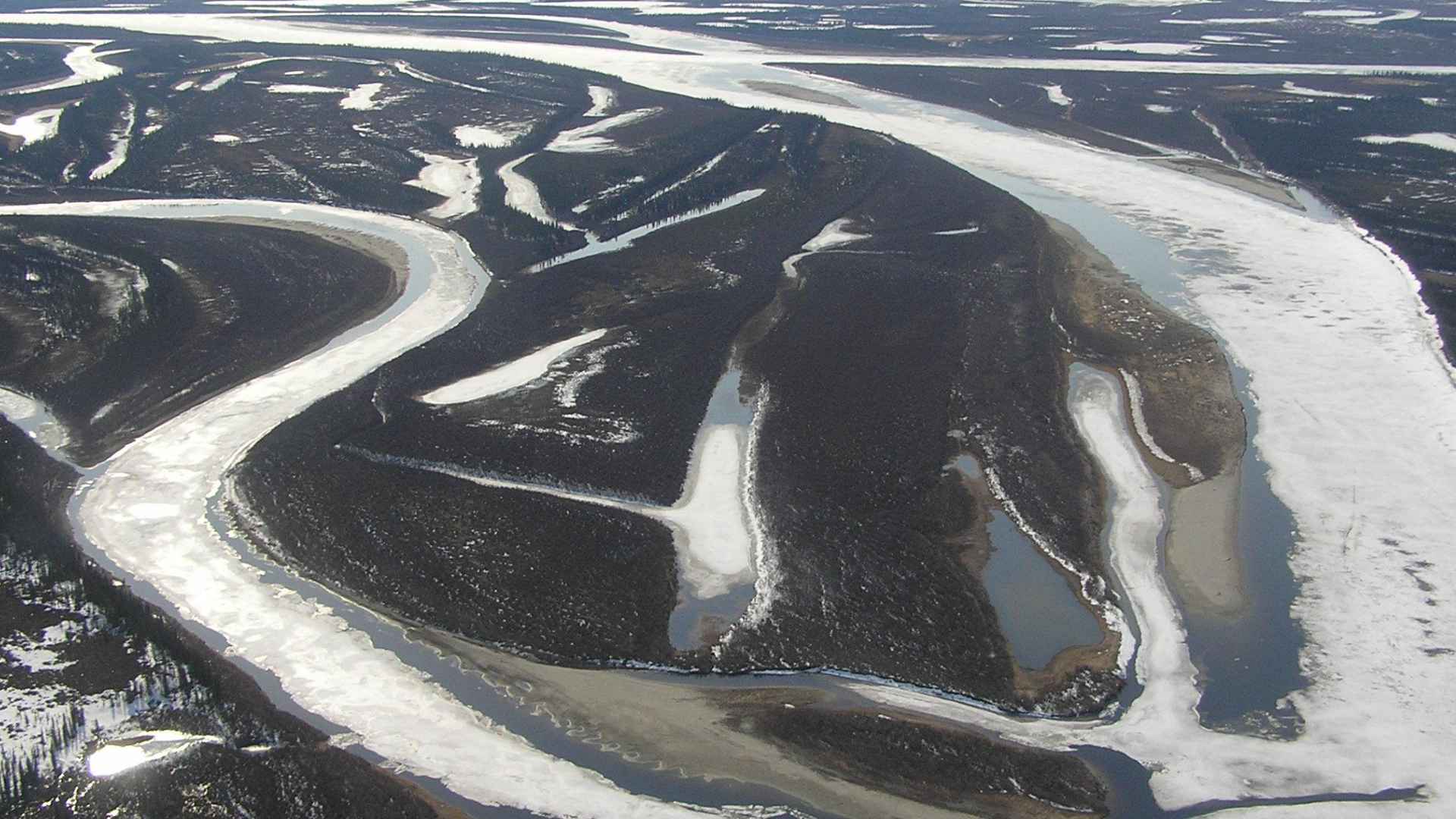Researchers say slow‑moving under‑ice currents could generate a third of America’s electricity, offering remote communities reliable, diesel‑free power.
The race for energy independence may have found an unlikely front‑runner: the Yukon and other Alaskan rivers that never stop flowing, even in deep winter. Scientists testing new underwater turbines believe these hidden currents could supply up to 1,100 terawatt‑hours (TWh) of electricity each year—enough for roughly 100 million homes and nearly double America’s entire solar output.
Alaska’s ice‑covered rivers quietly carry enough energy to power 100 million homes
Ever wondered why remote Alaskan villages still truck in diesel at jaw‑dropping prices? The problem is simple: sunshine disappears and winds go calm during northern winters. However, rivers continue to move beneath thick ice, creating a natural conveyor belt of kinetic energy.
By placing compact turbines on the riverbed—no dams, no flooding—engineers can tap that motion nonstop, day and night, season after season.
New reactive reversible blade turbines turn slow winter currents into year‑round electricity
The star technology, the Reactive Reversible Blade Turbine (RRBT), was developed with University of Alaska Fairbanks support and a $1.5 million Department of Energy grant. Unlike traditional hydro gear, RRBTs start spinning in currents as slow as two knots, switch direction with the flow, and resist icing.
Field trials on the Tanana River show the units operating safely under several feet of ice while feeding power to test grids. Could the answer to carbon‑free baseload really be flowing under a sheet of ice? Before diving deeper, compare hydrokinetic power with well‑known renewables:
| Energy source | Runs at night & in winter | Major land use | Wildlife disruption |
|---|---|---|---|
| Hydrokinetic river turbines | Yes, 24/7 under ice | Minimal—turbines on riverbed | Low; fish-friendly blades |
| Solar farms | No, needs sunlight | High—large surface arrays | Moderate habitat loss |
| Wind turbines | Sometimes—depends on wind | Moderate footprints | Bird and bat collisions |
Unlike solar panels or wind towers, river turbines stay hidden below the surface, preserving views and ecosystems.
Local communities stand to slash diesel costs and create jobs with hydrokinetic projects
Consequently, Indigenous and off‑grid towns that now burn expensive imported fuel could pivot to locally managed microgrids. The Alaska Center for Energy and Power estimates each installed RRBT cuts village diesel deliveries by up to 70 percent, trimming both emissions and energy bills. On the other hand, installation and maintenance create year‑round technical jobs where few exist today.
The next milestone arrives later this year when a small array is scheduled to feed the local grid in Galena, Alaska. If performance matches lab forecasts, federal agencies anticipate wider deployment across northern states and even icy Canadian rivers.
First, regulators must streamline permits so community projects move faster than river ice. After that, manufacturers will need to scale production and training programs. Yet one thing is clear: rivers don’t stop, and neither does the quiet energy revolution now rippling beneath Alaska’s frozen surface.

